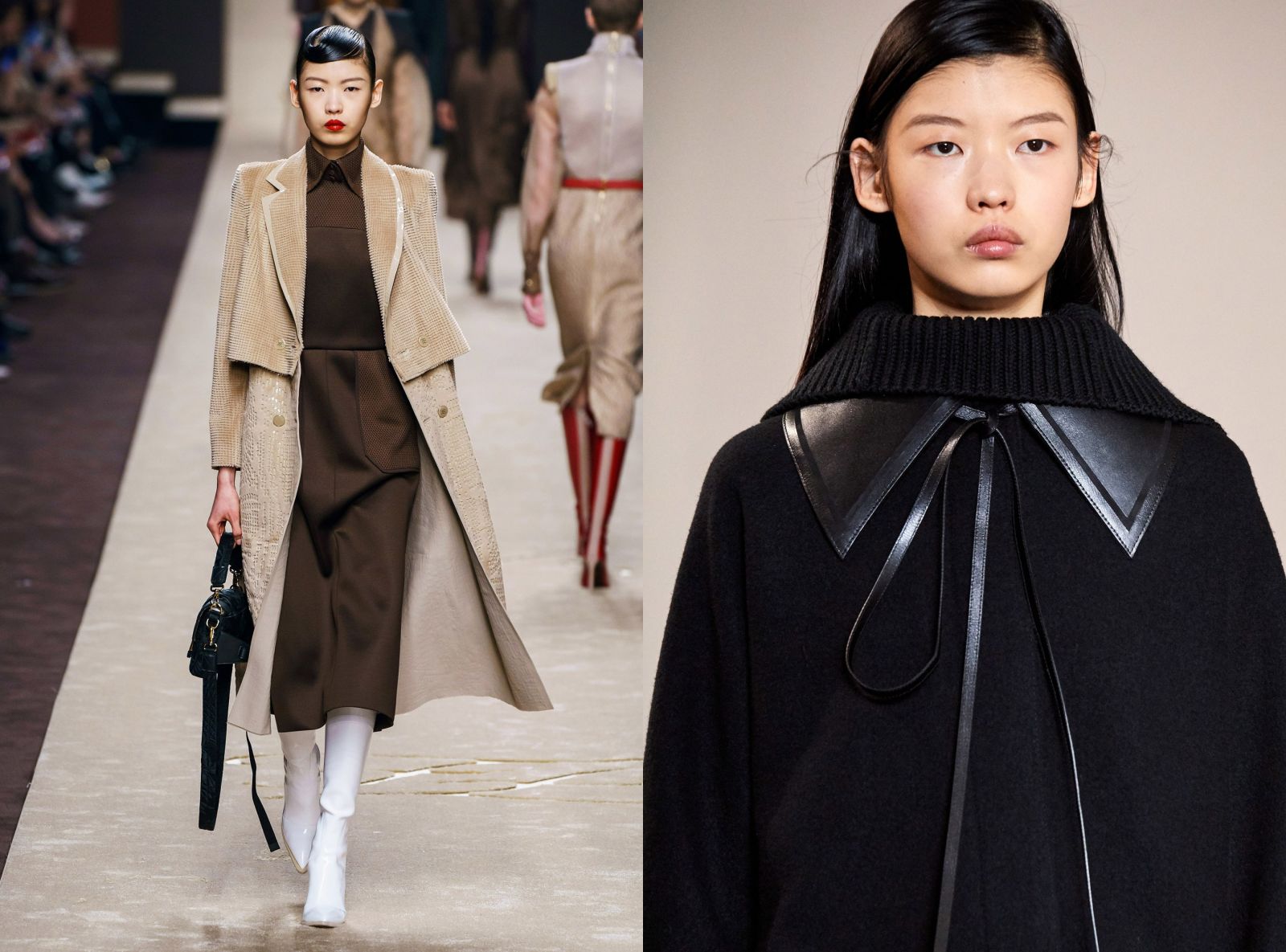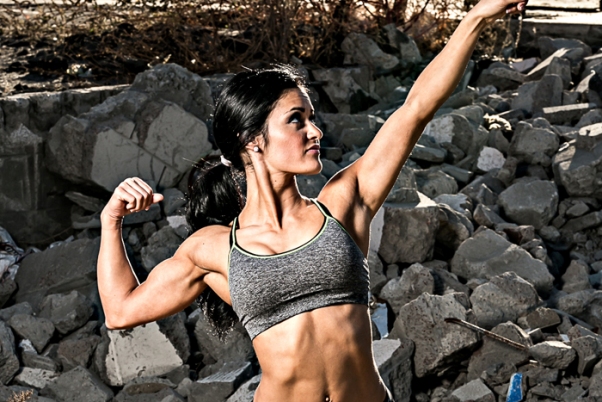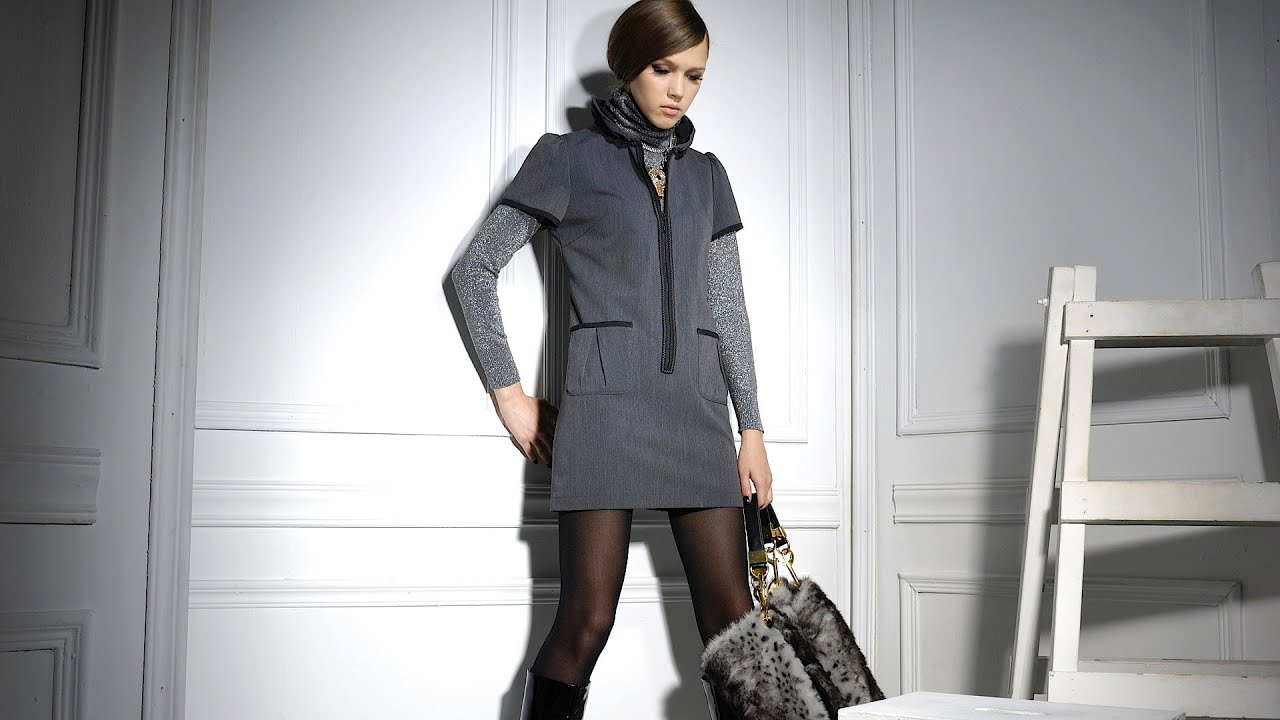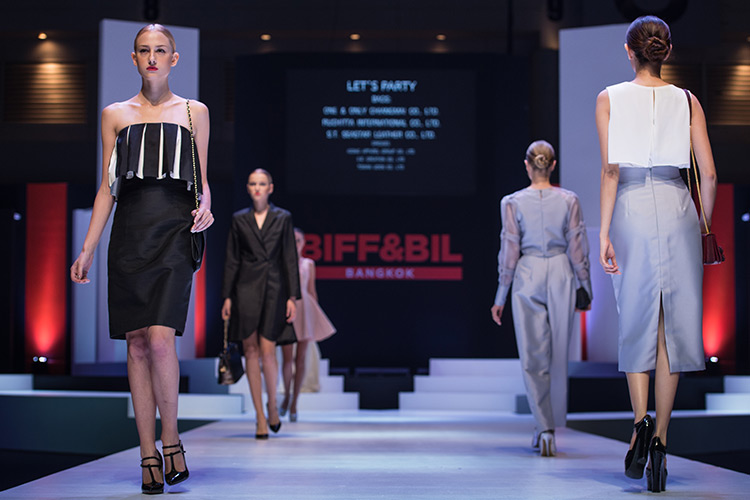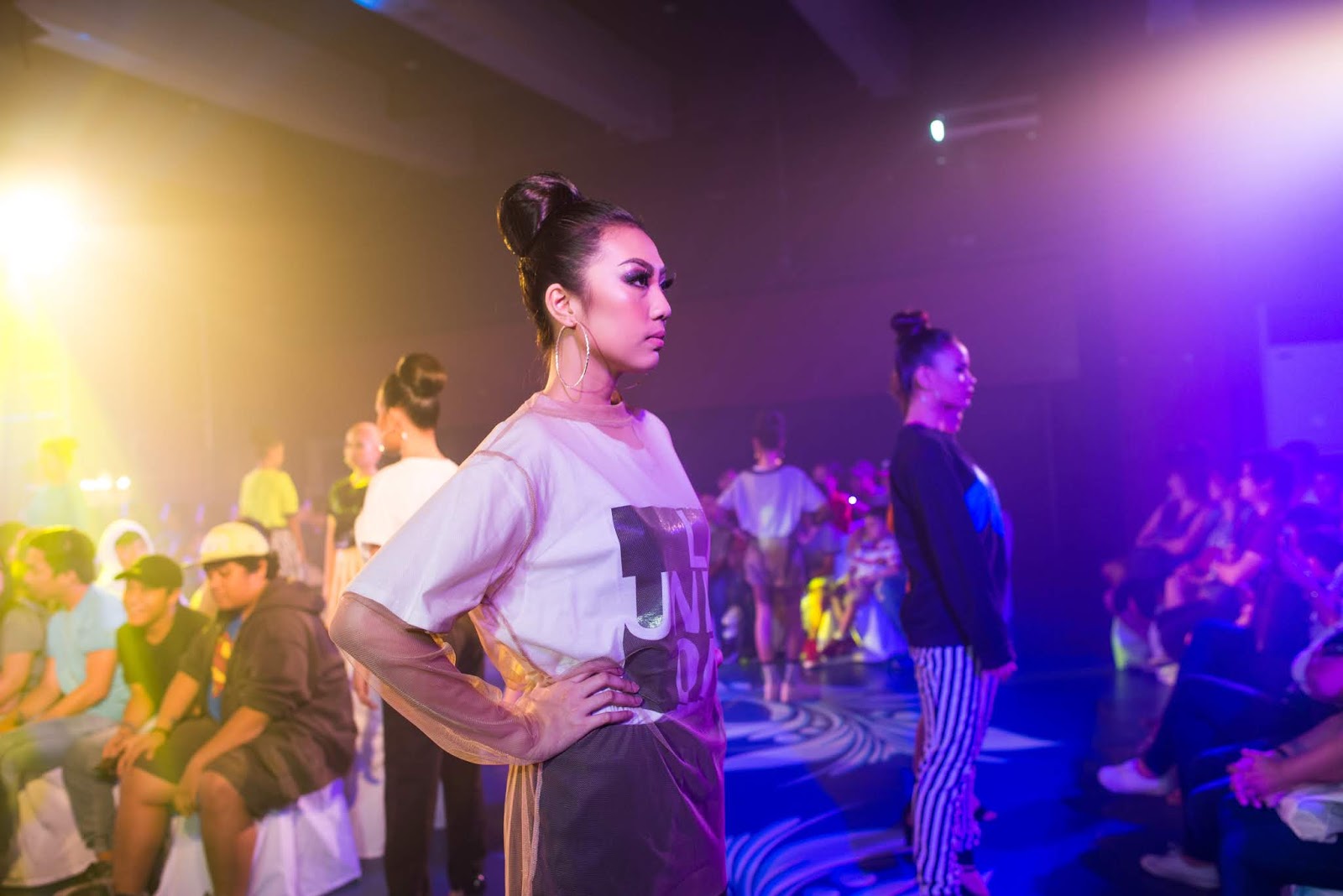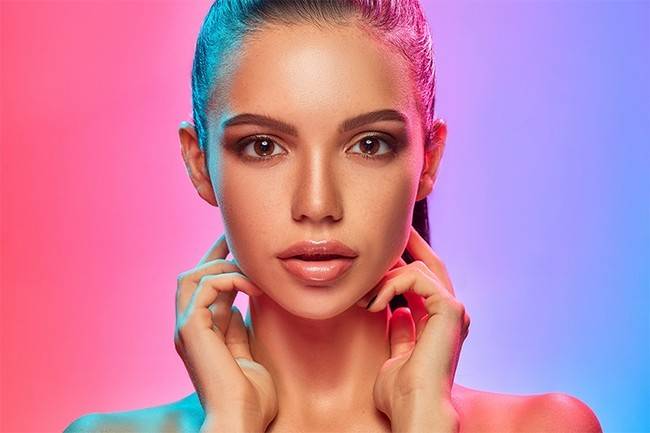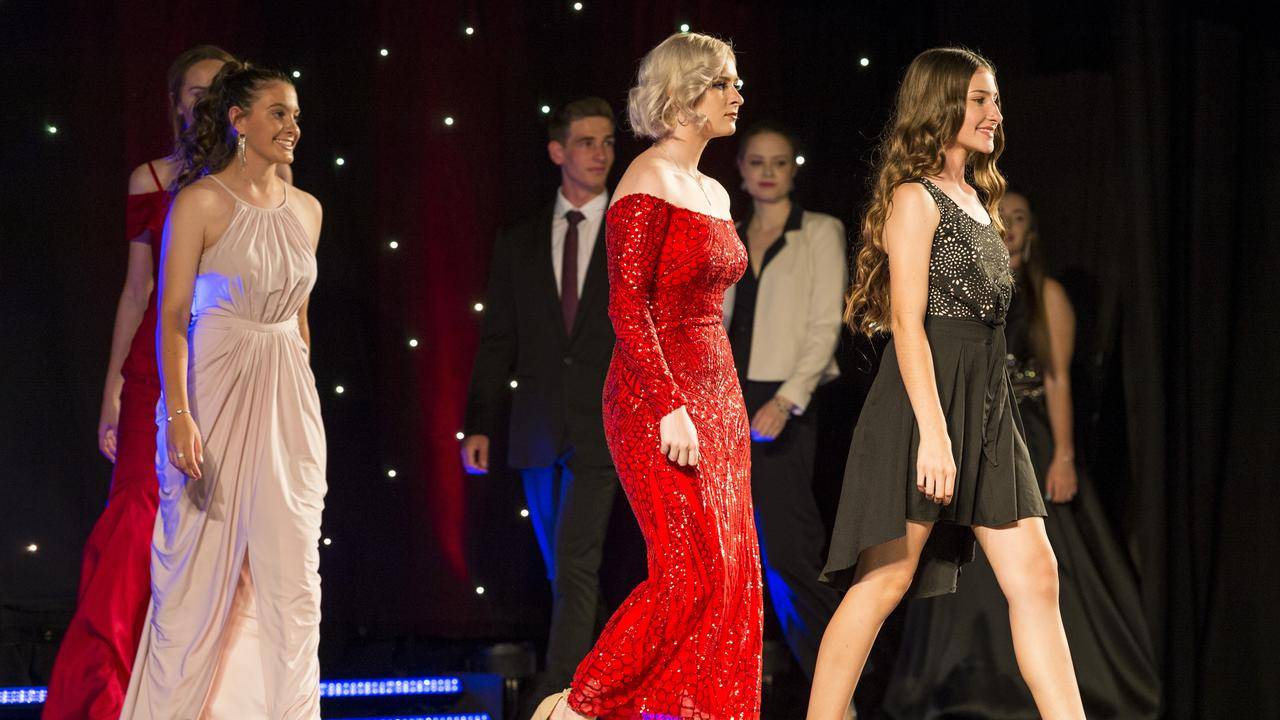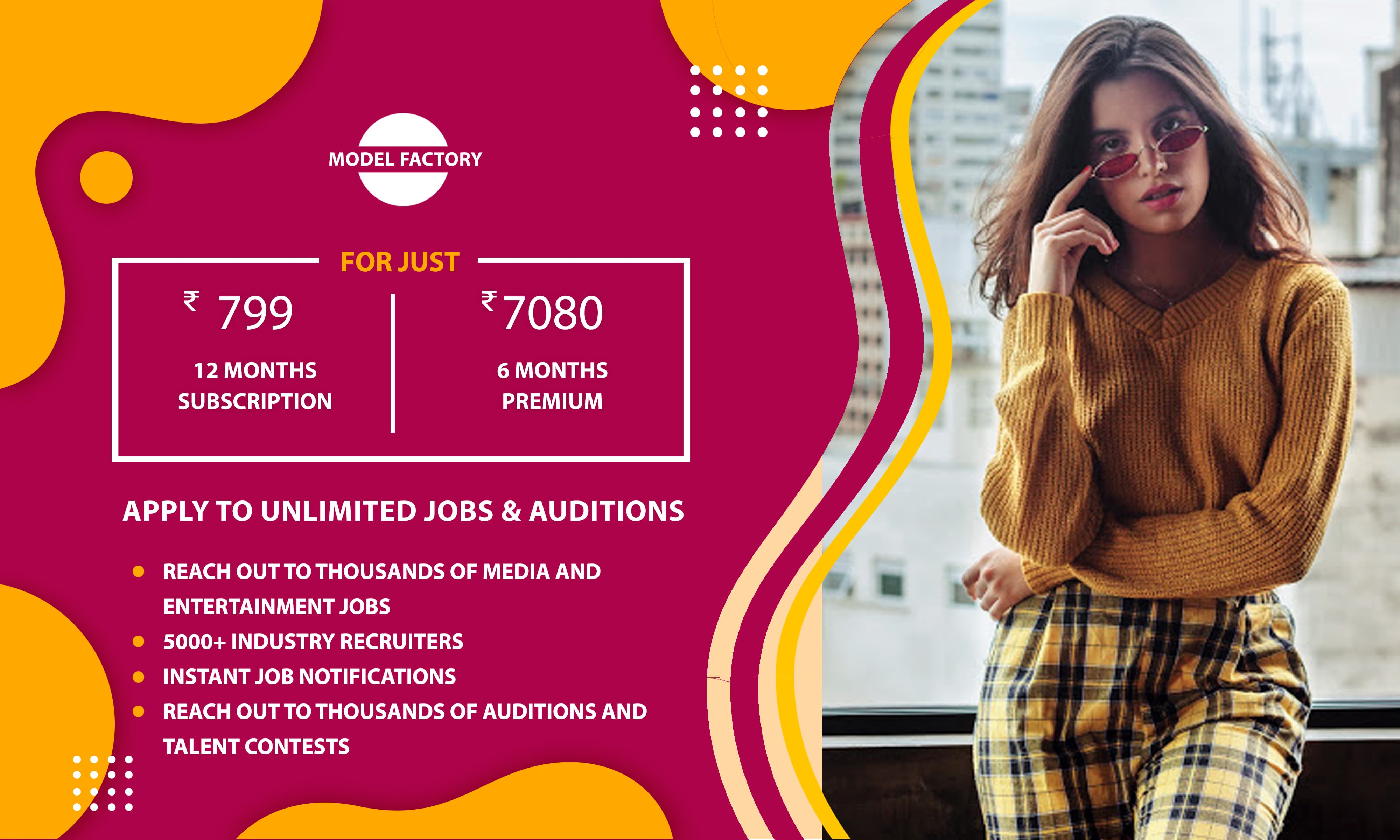How to Become a Model: A Beginner's Guide | Model Factory
- 05 Apr 2021
- Models
What makes it vulnerable glossy pages you knees of Vogue? Do you like every pavement as if it is a matching catwalk? Do you have a "look"? If you answered yes, then you just want to be a model.
Something for everyone in the modeling world. Much down and expertise that you have at least one that can enhance your look and personality. Once you decide to become a model, this is the right step, it's time to choose which path you need to go. In fact, modeling is a lot more ridiculous than looking good for the profession.
Let’s Get Physical:
The best feature of every aspiring model first is to know how to differentiate them. Free your face, make-up and pull your hair back. They were when the industry demanded strict symmetry and Eurocratric facilities. The concept around beauty and the process of finding the right model has changed the industry a lot. What is interesting about your face? Do you have full lips sleepy eyes? A gap in your teeth? Any of these can be beneficial when recalled by casting agents.
Make a face in the mirror. Over-the-top emotional, laughing on cue, and bending your body in an interesting position, and looking natural and comfortable. Relax in heels or other shoes you don't normally wear. You may be asked to run, jump, and even stay in heels. With small movements, learn how to move fluid between clicking a completely different shutter to snap. Think of each session as if you are trying to create a stop-motion flipbook and work for the personality type of the brand you are modeling for. Your photographer will thank you.
Build Your Modeling Portfolio:
Once you know your ankles and your posture, the time comes to appoint a photographer. Remember to communicate with the photographer to understand the process and how they will shoot. To remove your face from there, you'll need some selfies and party pics to get stuck on your iPhone. You will need to create a modeling portfolio. Portfolio standards have evolved a lot in recent years and you want to make sure that your portfolio is professional and polished.
There are two types of portfolios you will need to curb. The first is traditional, hard copy portfolio. This is like your resume. You'll bring it up with an all-in-person casting call. It should contain your best 8 to 12 images, and be presented in a portfolio case with a brief catalog of your modeling experience.
The second is your online portfolio website. This technique is where you can really show the breadth of his experience and versatility. Building a strong portfolio can be a time-consuming process, but it shows casting agents what you bring to the table and what you can do for them. This should develop occasionally as you gain more experience.
Make Love to the Camera:
Get started on your modeling portfolio with an attractive headshot. However, this may not be an easy process, as it can be difficult to find it correctly. Headshots can only be from the head and shoulders or up to the waist. Your headshot should show you in your "natural" position. Simple makeup, minimal jewelry, and minimal styled hair. If you have facial hair, it should be well-groomed. In other words, leave a winged liner, statement jewelry, and a teasing comb at home. Smiling or severely, your headshot should put your best face forward and be the first image in your portfolio.
Next, you will need a full-body shot. Make sure that your posture and appearance are appropriate so that it reflects your body correctly. These are usually very simple, wardrobe-wise. You will need a white shirt or tank top and a pair of dark wash skinny jeans or tailored trousers. Long skirts or jackets or a lot of layers just cover what the casting agents are looking for. Ladies, break those heels and gents, a casual dress shoe will do the trick. Keep it simple and classic - you can get creative in other photos.
You may also want to include a swimwear shot. Many objects to the idea of a swimsuit photo. Just try to remember that some jobs require a uniform and this is one of those jobs. Keep photos fussy or playful, especially if you want to explore commercial modeling.
Now have some fun! You can create a more well-rounded portfolio by incorporating a wide variety of functions. To show your versatility you want to include some editorial work in your portfolio. Find a topic, have a look, and collaborate with a team if you don't have anything striking enough.
Commercial modeling is arguably the toughest in your portfolio. Take your photographer to a food truck celebration and really enjoy those tacos. Use your purse or backpack as the focal point in the shot. Focus on magazine advertisements, and try to recreate them. Take inspiration from other models and departments in how they pose with products. Commercial modeling is acting in print and can be incredibly difficult to sell. But when you do it right, the photos incredibly sell both the product and your capabilities as a model.
Finally, you will want to contain any tears you have. An answer sheet is a page torn from a publication where you are depicted. For your digital portfolio, linking to a publication will suffice. If you are going to include tears in your physical portfolio, make sure they have clean edges and are in protective plastic sheets. If your pages look trembling then it will leave a bad impression.
These are necessary for your portfolio. This will leave you with a small collection of photos. You can fill it by adding other shots from these categories. Make sure at least one of you is smiling and ends up on a compelling headshot.
Go Out and Play:
You have a portfolio, some experience, and an itch to do more. Depending on the type and form of modeling work you are interested in, you have several options available to you:
- Bulk up your portfolio with more images. Photographers are expensive and worth every penny, but not everyone has that kind of financial freedom when you want to boost your portfolio. Find photographers who are just getting started and arrange some TFP (Trade for Print) sessions. The same goes for stylists, hair and makeup artists, and designers. Most - if not all - creatives require a portfolio, and therefore often require a model. This is a great opportunity to try things out of your comfort zone and grow as a model, as well as keep your portfolio fresh.
- Volunteer. Work with local retailers and designers to facilitate fashion shows. Walk every runway like Paris Fashion Week. Treat it like every booking for Vogue.
- If fitness modeling is your goal, then work with a trainer. Be their spokesperson. Talk before and after their walk, ad.
- Acting, yoga, posing and dance classes for life drawing classes can connect you with different aspects of yourself. As you learn different ways to emit and move your body, you will be able to incorporate that knowledge into your work.
Get Signed:

If you want to be a model like any industry or profession, then you want to put someone in your corner who can guide your career. Where the agents come from. They can help you refine your book, set up Go-Watch, and direct your career.
Agencies are now laying a very wide net to find talent through social media. Inviting Instagram users to add hashtags to their posts allows employers to see thousands of potential models without leaving their offices.
You can also leave the middleman and approach agencies directly. Do your research and find agencies in your area. Look out for those that align with the career path you want, then simply email them your website and a quick, attention-grabbing cover letter.
A word of warning: If an agency is seeking a front of hundreds or thousands of dollars, stay tuned. This is not the agency for you
What the Heck is a Go-See?
Casting calls or go-watch are interviews for one form or another model. They are either open to the public or organized by agencies. You must list your call card (or comp card) with your clothing size, shoe size, measurements, and contact information and (or must walk, if it is runway work) casting agent. Go-watches are usually busy and they rarely move in time. Take time to pick up important information and a book to pass a pen and notepad. Be professional and polite - A bad attitude can blacklist you faster than a bad skin day.
Do the Hustle:
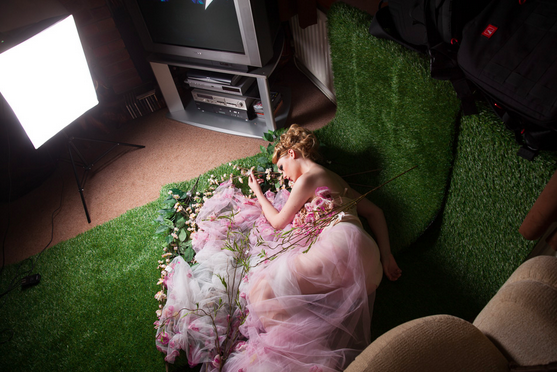
When you work towards being the next supermodel in the world, this is a good time for you to advocate and make yourself your number one customer. Use Instagram for your benefit. Take inspiration from other models on how they create a professional account:
- No food photo. Casting agents do not care about your food.
- Keep your pets on your personal account until you picket or pose with them.
- Tease your friends to take your picture so that your feed is not all selfies.
- Pay attention to trending hashtags and use them properly.
- Blog. Lots of influencers and models we all know and love started as vloggers, bloggers, and Instagram celebrities. Blogging creates valuable content for your digital portfolio and allows you to work on small passion projects that may not be right for your portfolio.
How Do You Want to Be a Model?

An important step to becoming a model is to decide what kind of model you want to be. Different types of modeling will have different model requirements, such as height, style, and fabric size. The style and concept behind each shoot may vary for different modeling niches. There are almost all kinds of modeling as to the flavors of ice cream, so here is a brief rundown on just a few of them.
Fitness Model:
Do you like to hit the gym? do you lift? Does the idea of being covered in baby oil and flexing your appreciated muscles appeal to an appreciative audience for you? What do you think you need to become a fitness model. A fitness model focuses on demonstrating a healthy, toned physique and maintaining highly defined muscles. Fitness has become a driving force in the modeling industry. Beyond dedicated competitions, there are many industries and professional magazines for gym enthusiasts.
Glamour Model:
Light! Camera! Smolder! Glamor modeling is surprisingly diverse. Unlike many other types of modeling, there are no industry standards or limitations for body size and shape. Glamor models embrace the erotic and sultry side of modeling. Bikini, border, and lingerie modeling all fall under this broad umbrella. Glamor models sell a high-end lifestyle - be it music videos, art-house prints, or bikini calendars.
Alt Model:
Do you have an ever-expanding collection of tattoos and piercings? Do people have a fancy dress costume from your everyday look? Alt, or alternative, models generally do not fit with industry norms when it comes to beauty and style. With her tattoos, piercings, radical hair, and wardrobes with spikes, corsets, and PVC, alternative models are the wild children of the modeling world. Alt modeling is usually a distinction between glamor modeling and art modeling.
Plus Model:
With this type of modeling growing rapidly, most American women fall into the plus-size category. Traditionally, plus models were sized from 6 to 8 US (4 to 6 UK), but as the fashion industry is changing rapidly, the industry has seen a change in models of all sizes and further sizes. Plus-size models are gaining much traction, especially on social media, and designers are continually expanding their size range to adopt this growing market.
Runway Model:
Divyang for the runway, please! The runway models are the crème de la crème of the fashion world. Following strict rules regarding height, weight, and measurement, these models travel the world and are often seen roaming for the best designers and fashion houses. Some runway models also go on to create their own fashion lines or agencies.
Editorial or Commercial:
Finally, we have editorial models. While all of the above can also be editorial or commercial print models, editorial models know how to actually interact with the camera and create interesting shapes with your body to showcase a garment. Depending on the subject and mood of the photos, anyone can be hired for an editorial shoot. Print models are the most diverse and versatile of the group.
Work that Runway:
Now that you had a primer to get into modeling and how to choose the right type of modeling for you, it's time to get there and work! Find your light, your angle, and your progress. You've got this single biggest factor that will help you become a model? Self-confidence!
What Should I Know About Becoming a Model?
Now that you have created a modeling portfolio and understand the type of modeling, you want to make sure that you are well equipped with the tools to become a model. If you want to be a fashion model for high fashion, a glamor model, or a plus-size model, here are some additional tips for aspiring models to become models.
Do You Need Go to Modeling School?
If you want to start in the modeling industry, you can consider going to modeling school. However, this is not necessary. In fact, many models begin their modeling careers only by submitting their headshots to agencies and scouts. That being said, if you want to find a professional to teach you and want to know how to be a model, how to walk down the runway, and pose in front of cameras, you can choose to enroll in a modeling school.
In addition to posing, they can teach you other skills, such as makeup applications, portfolio development skills, and understanding lighting and camera angles. In addition to modeling schools, you can also take workshops and classes to improve your poses and catwalks to help you develop the skills necessary to become a model. If you are new to the industry, by taking classes you will be able to fulfill other aspirational models.
How to Find a Reputable Modeling Agent:
Finding a reputable modeling agency can be particularly challenging if you are new to the industry. When searching for a reputable modeling agent, make sure that you conduct thorough research.
You can see local modeling agencies in your city and review their website. In addition to boutique agencies, there are also large international modeling agencies that have offices in several cities. Go to your website and social media platform. Look at the types of models they signed and were the first work done. Companies and partners who have worked with a modeling agency can work to get an idea of those brands. If you want to become a high fashion model and walk down the runway in New York, you might want to see if the modeling agency has experience at those popular fashion shows.
Finally, take a look at online reviews for the agency or access their network in the modeling industry to find reputable agencies with which they are currently working. Remember, find an agency that matches your needs and requirements. Once you choose the right agency, hand over your modeling portfolio to them, and prepare for your audition.
Practice Posing in Front of Camera:
Practice, Practice, Practice! Modeling is one of the skills where practice makes perfect. It is your ability to pose or straighten the runway that sets you apart from a model and a professional model. Try to set up a simple studio in your home - all you need is a tripod and a camera or phone, set up the self-timer, and you can start documenting your poses in front of the camera.
You can also try different places like a park, convenience store, or a library. Invite a friend to come with you and help them take photos. You can review all the pictures taken to see the poses that work best for you and how you can improve.
To Become a Fashion Model, You Should Be So Long?
In the modeling world, height requirements can vary. Depending on the type of modeling you want to pursue, being lean and tall may not be an important factor. This is why, aside from height, the agency often looks at other characteristics as well.
If you are interested in modeling for editorial, commercial prints, body parts, or catalogs, brands will look for models that can resonate with their brand. The model's criteria for each job can vary, from body physique to facial structure. However, if you want to be a high fashion model, most modeling agencies may require at least 5 "8 to 5" 11. Nevertheless, there are some high fashion models that are 5 "over 7 or 6" 0 long. Companies can make exceptions, as long as they conform to other requirements.
Be confident with your body and find the type of modeling you are interested in. Remember to show your modeling portfolio online, so you can pay attention to them!.
"Interested models click here to further information modeling profession."

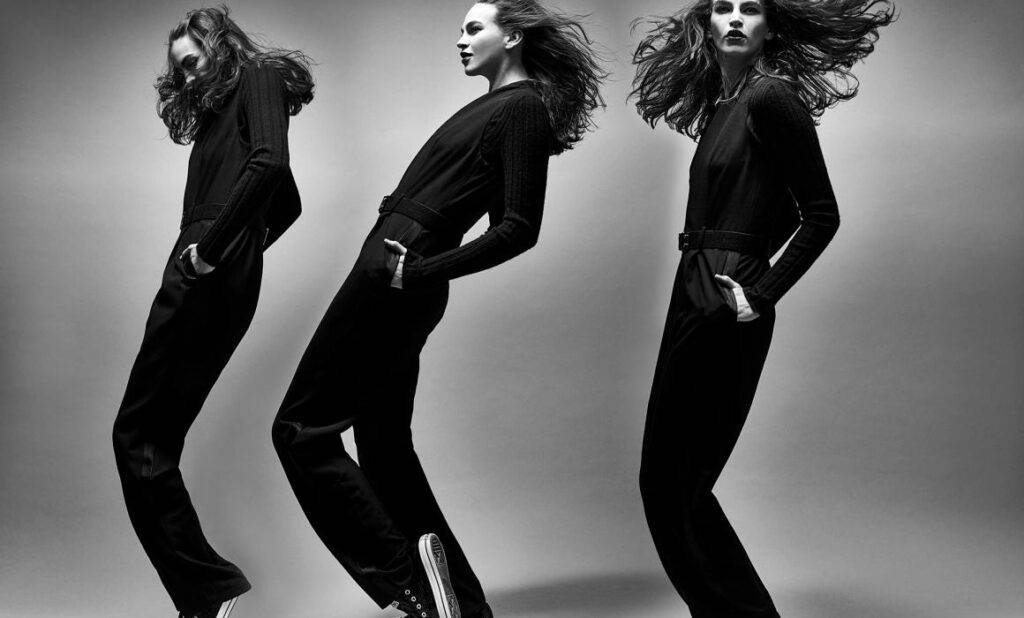

.jpg)


